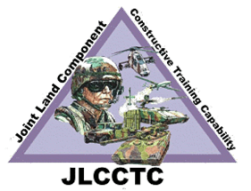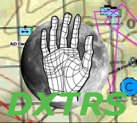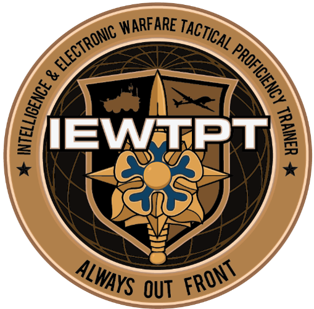
Joint Land Component Constructive Training Capability (JLCCTC)
The Joint Land Component Constructive Training Capability (JLCCTC) supports Army Title X training worldwide for Army commanders and their staffs at Mission Command Training Centers (MCTCs), Training and Doctrine Command (TRADOC) facilities and other customer locations. JLCCTC trains commanders and their staff in offensive, defensive, stability and civil support operations. System capabilities include:
- Stimulation of Mission Command (MC) systems
- Intelligence modelling capabilities
- Irregular Warfare (IW) (insurgents, terrorists, car bombs/IEDs, civilians/refugees, etc.)
- Unmanned Aerial Vehicle (UAV) Visualization
- Logistics training (maintenance, supply, transportation, ammunition, personnel)
- Non-kinetic effects modeling
- After Action Review (AAR) system
- Interface with the Air Force Simulation, the Air and Space Cyber Constructive Environment (ASCCE)
- SIMC4I Interchange Module for Plans, Logistics, & Exercises (SIMPLE)

Division eXercise Training Review System (DXTRS)
DXTRS is a low-overhead deterministic simulation that is designed to represent Large Scale Combat Operations (LSCO) through the application of unclassified models. The system allows for rapid scenario generation and initialization, is easy to use, and requires short train-up time for operators.
The purpose of the system is to provide a staff training, MDMP, and Wargaming tool that addresses training needs at the 'crawl-walk' level. This includes training and education needs at COE/Schools, and unit and MTC needs where use of the Joint Land Component Constructive Training Capability (JLCCTC) does not represent efficient use of resources. Depending on training objectives, a DXTRS-driven training event can be run from a single laptop.
DXTRS can stimulate Mission Command Systems and provide simulated unit behavior concurrently.

Intelligence and Electronic Warfare Tactical Proficiency Trainer (IEWTPT)
IEWTPT is the only Military lntelligence (MI) Program of Record training device fielded to the Army to support MI units at the Corps and below.
The IEWTPT is part of the larger Army Collective Training Environment, replicating the OE during training events to enable Ml to train as it fights. IEWTPT supports Ml individual, team, crew, and collective task training using live, virtual, and constructive capabilities. The IEWTPT, coupled with Foundry training sites provides multi-discipline intelligence and cost effective live, virtual, and constructive simulations/stimulations of Ml systems.
The IEWTPT enables realistic mission command training through realistic simulation, stimulation, and presentation of Joint and Army intelligence capabilities. It is designed to stimulate MI collection systems with scenarios that replicate battlefield situations using overarching constructive simulation as the driver. This puts the MI Soldier in the training loop using the operational equipment and providing the required reports and data to the combat commander and staff.
IEWTPT is the digital range for Military Intelligence Training Strategy (MITS)